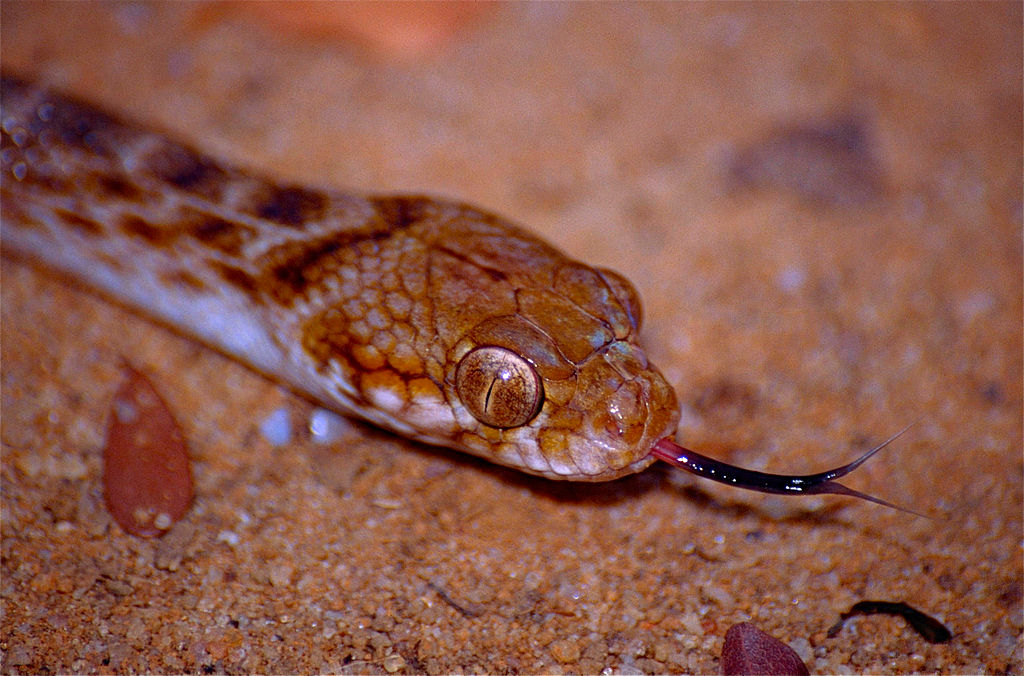Snakes have fascinated scientists and nature enthusiasts for centuries with their remarkable ability to heal and renew their outer layers. Unlike mammals that repair damaged skin through scarring, snakes can completely regenerate their damaged scales and underlying tissues, often leaving no trace of the original injury. This regenerative capability represents one of the most sophisticated healing mechanisms in the vertebrate world, allowing snakes to recover from potentially life-threatening wounds. The process by which snakes restore their outer layer after injury involves complex cellular mechanisms, specialized tissue responses, and precise coordination between various biological systems—all working in harmony to ensure these reptiles maintain their protective exterior throughout their lives.
The Remarkable Structure of Snake Skin
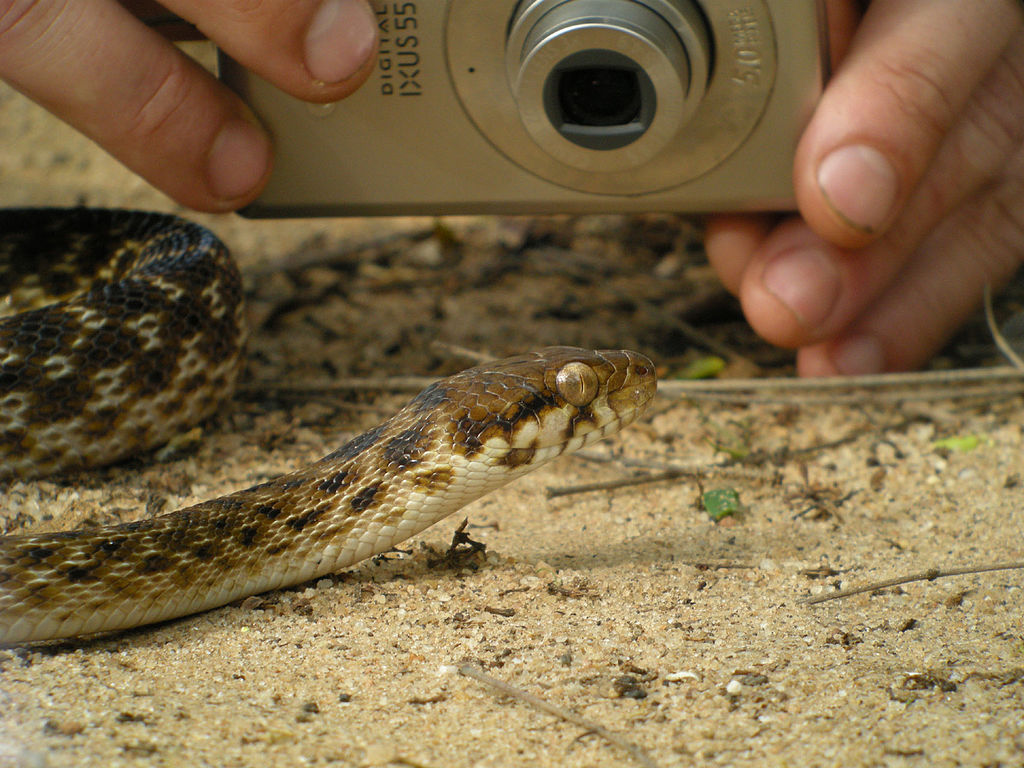
Snake skin differs dramatically from mammalian skin in both structure and function. Unlike our skin, snake epidermis forms rigid, overlapping scales made primarily of keratin—the same protein found in human fingernails. These scales are connected by flexible hinge regions that allow for movement while maintaining protection. Beneath the visible scales lies a complex arrangement of tissues, including the stratum germinativum (basal layer), which contains stem cells responsible for generating new skin cells. The dermis layer houses blood vessels, nerves, and chromatophores (color-producing cells) that give snakes their distinctive patterns. This specialized skin structure creates both challenges and opportunities when it comes to healing after injuries, as the entire integrated system must be regenerated rather than simply patched over.
The Shedding Process: Nature’s Baseline Renewal

To understand how snakes heal injuries, we must first appreciate their normal skin renewal process: shedding or ecdysis. Unlike humans who continuously shed individual skin cells, snakes periodically shed their entire outer skin layer in one piece. This process begins with the separation of the old outer layer (stratum corneum) from the new skin forming underneath. Special cells called “clear cells” secrete enzymes that dissolve the connections between the old and new skin layers. A milky fluid fills this space, facilitating separation while the snake develops a new, complete outer layer beneath. This regular renewal process provides snakes with a built-in mechanism that can be accelerated or modified when healing injuries, essentially giving them a head start in regenerative capabilities that many other animals lack.
Initial Response to Injury: Damage Control
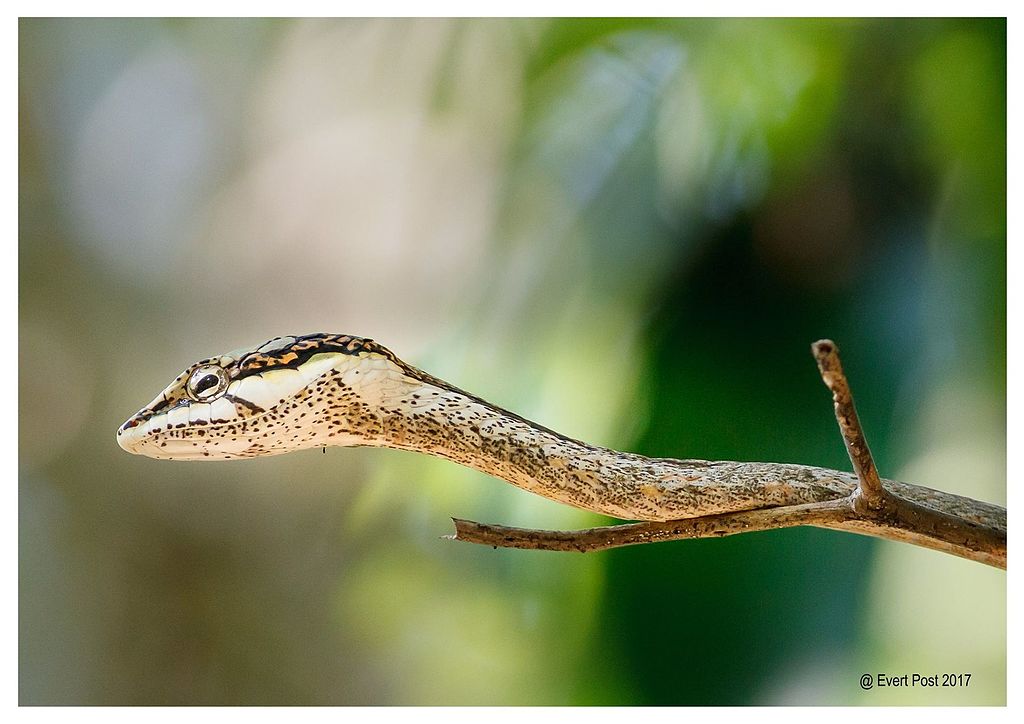
When a snake’s skin suffers damage, the immediate response focuses on containing the injury and preventing infection. Blood quickly clots at the wound site, forming a protective scab that shields deeper tissues from environmental exposure. Specialized white blood cells called macrophages rush to the area, clearing away damaged cells and potential pathogens. Unlike mammals, snakes exhibit remarkably little inflammation during this process, which may contribute to their superior regenerative abilities. The edges of the wound contract through the action of specialized cells, reducing the overall size of the damaged area. This initial phase happens rapidly, often within hours of the injury, and sets the stage for the more complex regenerative processes to follow.
The Role of Specialized Stem Cells
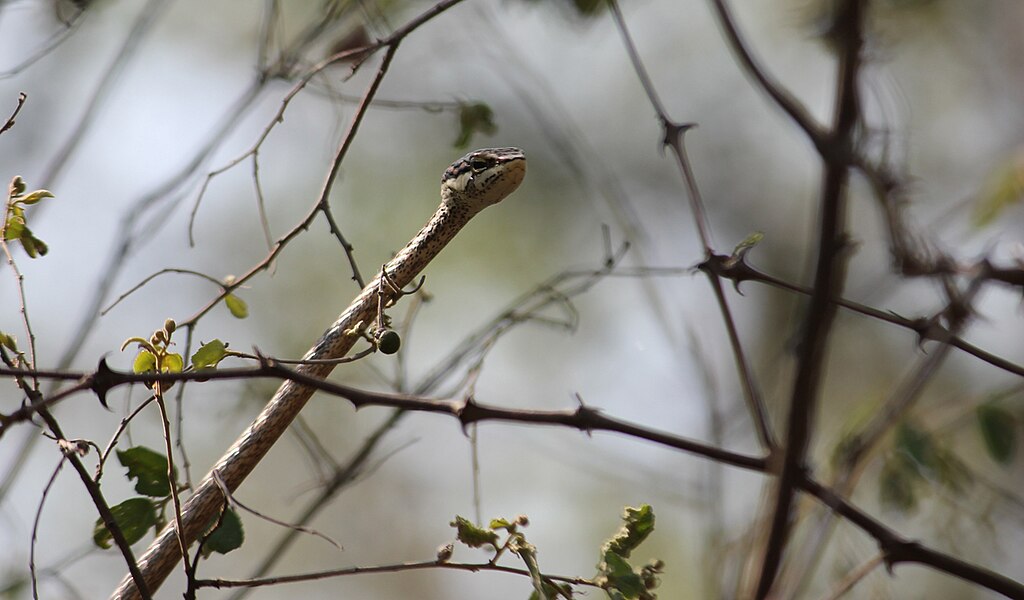
At the heart of a snake’s healing ability lies a population of highly specialized stem cells located in the stratum germinativum layer of the skin. These cells possess remarkable plasticity, allowing them to differentiate into all the various cell types needed to rebuild damaged skin. When injury occurs, chemical signals trigger these stem cells to multiply rapidly and migrate toward the wound site. Research has shown that these stem cells can recognize and respond to the specific patterns of the snake’s scales, ensuring that the regenerated skin maintains the correct scale arrangement and coloration. The stem cells’ activity is tightly regulated by a complex interplay of growth factors and inhibitory signals, preventing excessive growth while ensuring complete coverage of the damaged area.
Scale Regeneration: Rebuilding the Armor

The regeneration of individual scales represents one of the most intricate aspects of a snake’s healing process. Each scale must be reconstructed with precise dimensions and orientation to maintain the snake’s protective covering. The process begins with the formation of scale primordia—small clusters of specialized cells that serve as the foundation for new scales. These primordia develop into scale buds that gradually expand and flatten to create the characteristic scale shape. The developing scales must integrate perfectly with surrounding scales, including the formation of proper hinge regions that allow for flexibility. Perhaps most remarkably, the regenerated scales often reproduce the exact coloration and pattern of the original scales, maintaining the snake’s camouflage or warning coloration that may be crucial for survival.
The Accelerated Shedding Response

When a snake suffers significant skin damage, it frequently triggers an accelerated shedding cycle specifically in the injured area. This localized response allows the snake to expedite healing without disrupting the normal shedding pattern of the rest of its body. Hormonal signals stimulate increased cellular activity around the wound, speeding up the production of new skin cells beneath the damaged area. The snake may develop a notably cloudy appearance over its eyes (the “blue phase”) and dulled coloration near the injury—signs that a shed is imminent. This accelerated shedding represents an elegant adaptation that allows snakes to literally “shed” their injuries, emerging with fresh, often perfectly regenerated skin underneath. The process demonstrates the remarkable plasticity of the snake’s skin renewal system in response to environmental challenges.
Regenerating Color and Pattern
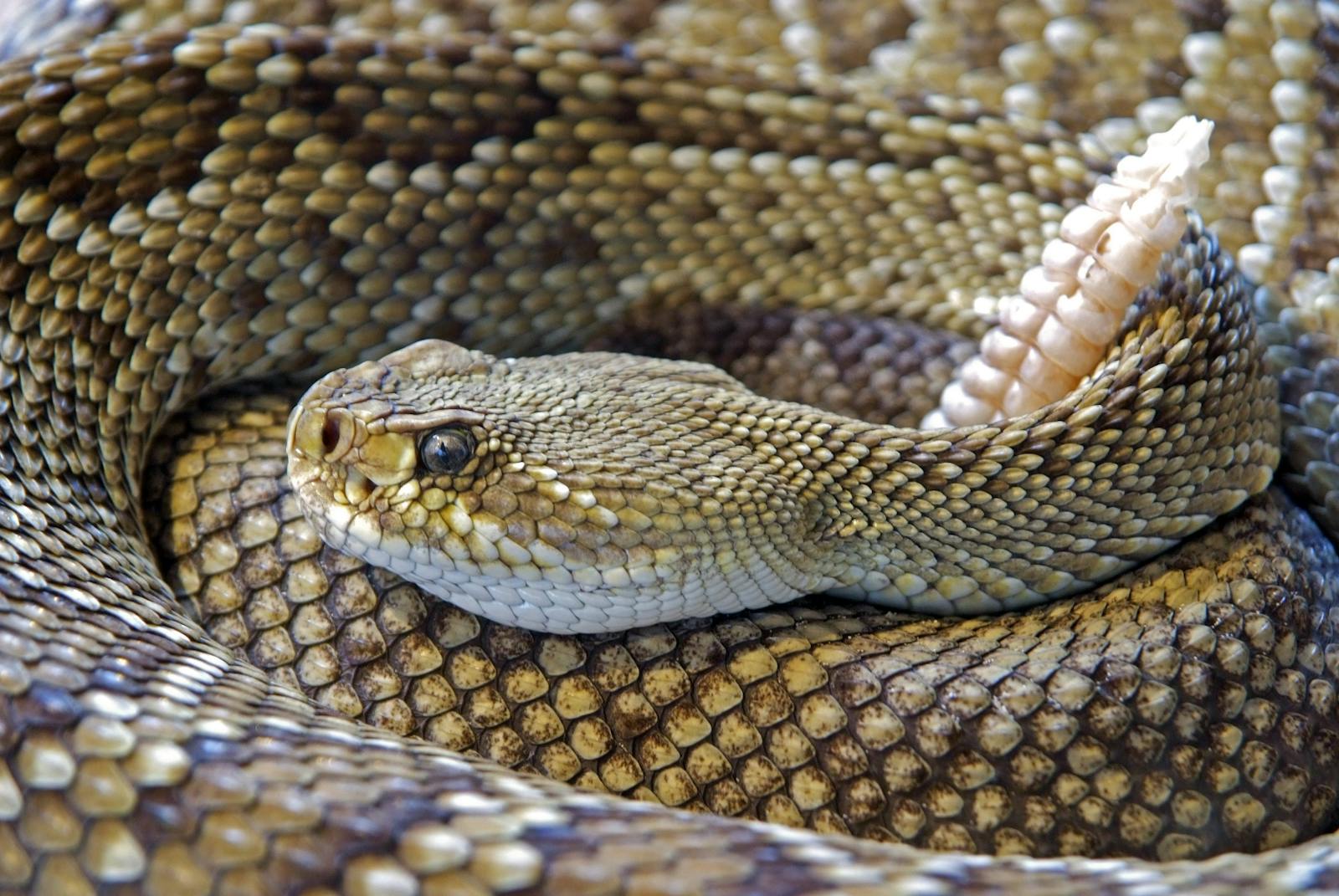
One of the most astonishing aspects of snake skin regeneration is the recreation of complex color patterns—critical for camouflage, temperature regulation, and in some species, warning predators. This process depends on specialized cells called chromatophores that reside in the dermis layer of the skin. During regeneration, melanophores (black/brown pigment cells), xanthophores (yellow/orange pigment cells), and iridophores (reflective cells) must all be regenerated in the precise arrangement needed to recreate the snake’s pattern. The genetic blueprint that guides this remarkable recreation remains partially mysterious to scientists. Research suggests that molecular gradients and position-sensing mechanisms allow regenerating cells to “know” what color they should become based on their location within the healing wound. This explains why a regenerated black and yellow diamond pattern on a diamondback rattlesnake will precisely match the surrounding scales without disruption.
Temperature’s Impact on Healing Speed

As ectothermic (cold-blooded) animals, snakes’ bodily processes—including healing—are heavily influenced by environmental temperature. When a snake maintains optimal temperature, the regeneration process proceeds at maximum efficiency. Cellular division, enzyme activity, immune function, and protein synthesis all accelerate within the ideal temperature range, which varies by species. Conversely, healing dramatically slows in cooler conditions, potentially extending recovery time from weeks to months. This temperature dependence creates a fascinating behavioral adaptation: injured snakes often alter their basking habits, spending more time in warmer microhabitats to promote faster healing. Wildlife rehabilitators and veterinarians leverage this knowledge by providing precise thermal gradients to injured snakes, allowing them to self-regulate their body temperature to optimize healing.
Burns and Severe Injuries: Special Cases

Burns represent particularly challenging injuries for snakes, as they often damage multiple tissue layers simultaneously. When a snake suffers a serious burn, the healing process becomes more complex, involving specialized wound containment strategies. The snake’s body forms a thick, protective layer over severely burned areas, creating a natural bandage that prevents infection while regeneration occurs beneath. In extreme cases, the snake may develop a localized blister filled with fluid that cushions the wound and provides an ideal environment for healing cells to operate. Remarkably, even after third-degree burns that destroy all skin layers, many snake species can regenerate functional, patterned scales given sufficient time and proper care. This exceptional regenerative capacity extends beyond minor scrapes to include recovery from significant trauma that would leave permanent scarring in most vertebrates.
The Immune System’s Specialized Role

The snake immune system plays a crucial but understudied role in the skin regeneration process. Unlike mammals, whose inflammatory responses often lead to scarring, snakes exhibit a more modulated immune reaction that facilitates regeneration rather than repair. Specialized immune cells called heterophils (the reptilian equivalent of neutrophils) help clear debris while releasing growth factors that stimulate tissue regeneration. Snakes also possess unique antimicrobial peptides in their skin that help prevent infection during the vulnerable healing period. Research suggests that certain components of snake immune systems may actually suppress the formation of scar tissue, allowing for perfect regeneration rather than functional but visibly scarred repair. This balanced immune response represents one of the key evolutionary adaptations that enable snakes’ remarkable healing abilities.
Comparative Healing: Snakes vs. Other Reptiles

While all reptiles demonstrate some regenerative abilities, snakes show particularly advanced healing capacities compared to their reptilian relatives. Lizards, famous for their tail regeneration, often develop simplified replacement structures without the complexity of the original. In contrast, snakes regenerate skin with precise replication of the original scale patterns and functional properties. Turtles and tortoises heal shell damage through slower processes that frequently leave visible scars. Crocodilians show remarkable wound healing but typically with some degree of scarring in serious injuries. The evolutionary pressure on snakes—whose entire body requires flexibility and whose skin serves as their primary protective barrier—may explain their superior regenerative capabilities. This specialized healing ability represents a fascinating example of how different evolutionary paths can lead to varied solutions to the universal challenge of recovering from injury.
Scientific Applications and Future Research
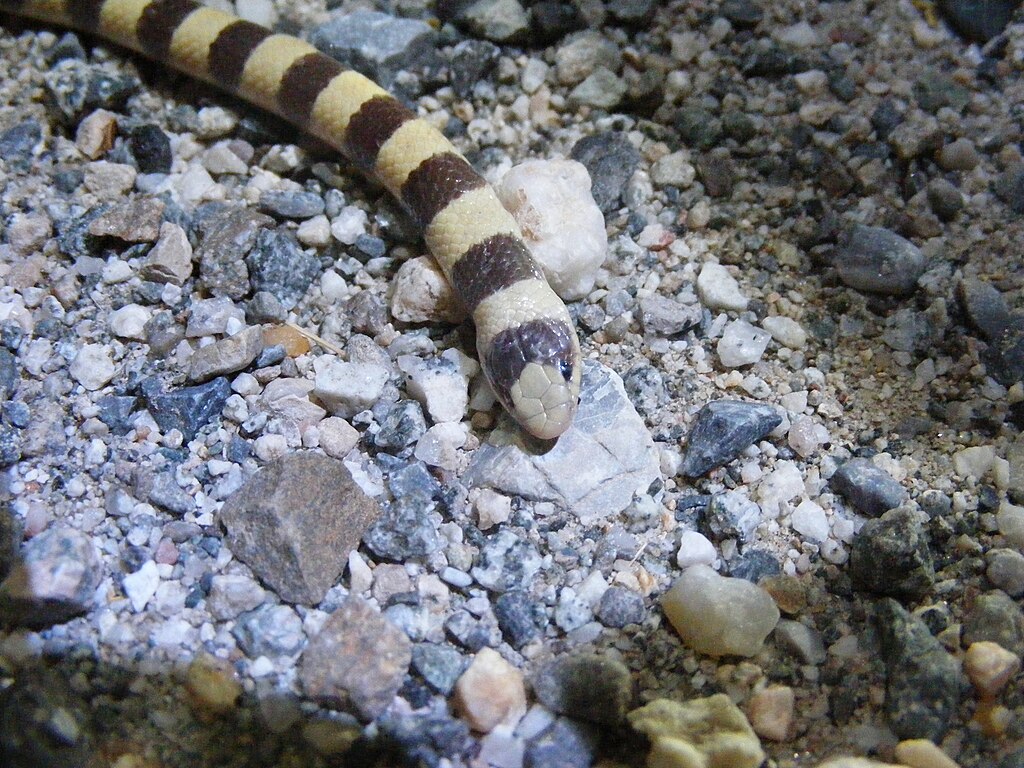
The extraordinary regenerative abilities of snake skin have attracted increasing scientific interest for potential applications in human medicine. Researchers are studying the molecular signals that allow snake skin cells to reorganize without forming scar tissue, hoping to apply these insights to human wound healing. The specialized antimicrobial properties of snake skin also offer promising avenues for developing new infection-fighting compounds. Some scientists are investigating the possibility of creating synthetic skin inspired by snake regeneration processes, which could revolutionize treatment for burn victims and people with chronic wounds. As genetic analysis techniques advance, researchers are working to identify and isolate the specific genes responsible for perfect pattern recreation during healing. These ongoing studies represent a growing field where herpetology intersects with regenerative medicine, potentially benefiting both human health and snake conservation through increased understanding of these remarkable creatures.
Conservation Implications and Healing in the Wild
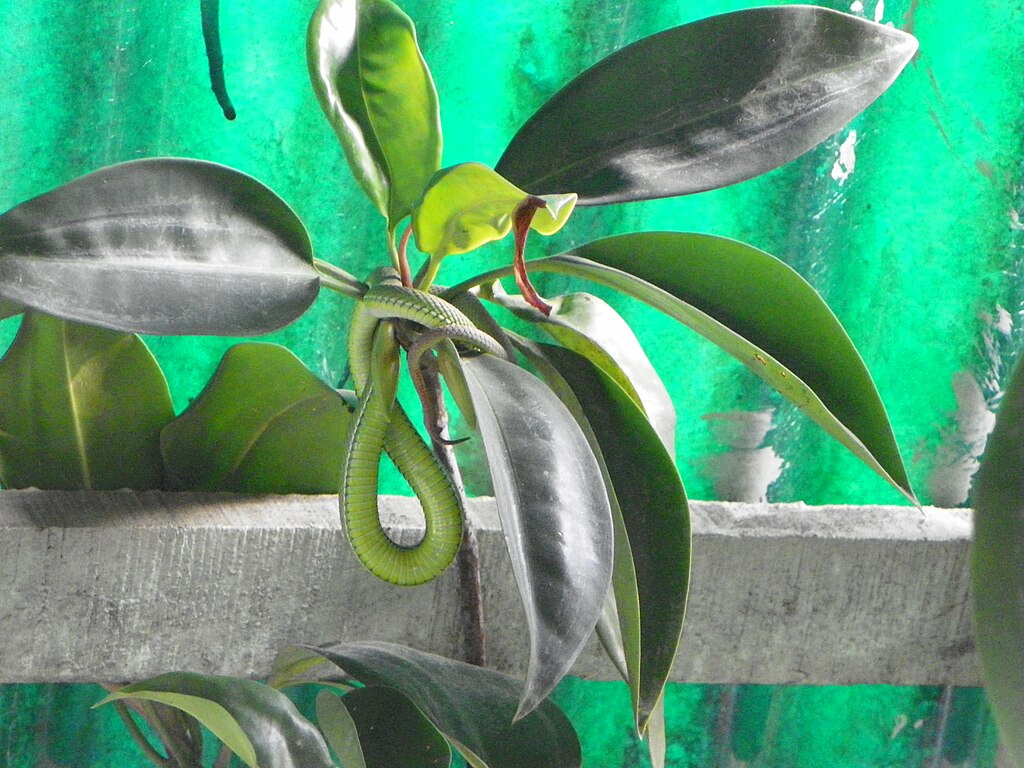
Understanding how snakes heal from injuries has significant implications for wildlife conservation and rehabilitation. In natural settings, snakes routinely suffer injuries from predator attacks, territorial disputes, and environmental hazards, relying entirely on their intrinsic healing abilities for recovery. Wildlife rehabilitators use knowledge of these natural healing processes to provide optimal conditions for injured snakes, often with remarkable success rates even for severely wounded animals. However, emerging threats such as fungal diseases like snake fungal disease (SFD) can interfere with normal regenerative processes, highlighting vulnerabilities in even this sophisticated system. Conservation efforts increasingly incorporate understanding of wound healing and regeneration when assessing population health and resilience. By studying how different snake species heal in various environments, scientists can better evaluate how habitat changes, climate shifts, and other anthropogenic factors might impact these animals’ ability to recover from injury in the wild.
The exceptional ability of snakes to regenerate their outer layer after injury represents one of nature’s most sophisticated healing systems. Through a complex interplay of specialized stem cells, controlled immune responses, and precise genetic programming, these reptiles can recover from wounds that would permanently scar most vertebrates. This regenerative capacity—evolving over millions of years—allows snakes to maintain the integrity of their protective scales throughout their lives despite environmental hazards. As scientific understanding of these processes deepens, the lessons learned from snake skin regeneration may someday revolutionize human wound treatment while simultaneously enhancing our appreciation for these remarkable reptiles. What once seemed like simple healing reveals itself as an intricate evolutionary achievement—another reminder of the sophisticated biological solutions that have evolved in the natural world.

